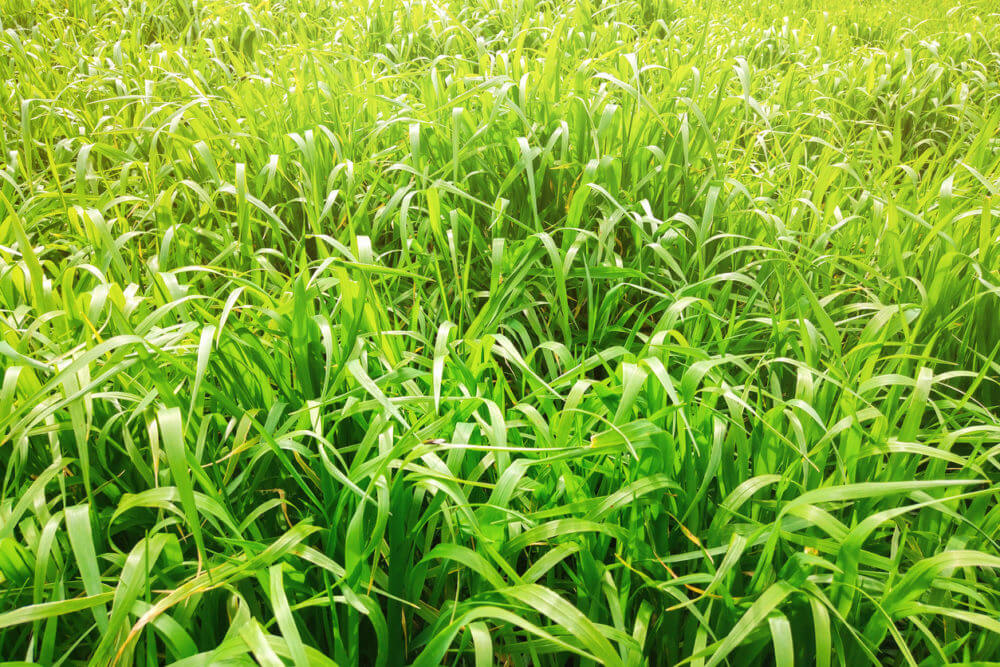Although the title of this blog post may make you think of a horror film, crabgrass does in fact have wicked tendencies! It is an opportunistic plant that will seek to take a foothold in any lawn, and once established, requires deliberate and consistent counter measures to reduce or remove from your lawn.
The one good characteristic of crabgrass is that it is an annual grassy weed, only lasting one season, but if allowed to go to seed can create up to 150,00 thousand seeds per plant each year. Crabgrass typically germinates in the spring once the soil warms up into the low 50’s, mid-to-late May depending upon your location in New England. In the fall crabgrass dies with the first hard frost, setting down thousands of seeds per plant for the following year if left unchecked.
Crabgrass flourishes in tough growing conditions, making it a sinister foe in a typical home lawn. While New England turf grasses do well in cool to warm weather conditions, crabgrass loves the heat and even drought conditions. As we have all likely seen, crabgrass grows out of cracks in a driveway, compacted dirt, gravel – just about anywhere there is empty space.
Crabgrass does its greatest damage in thin lawns or patches that may have been damaged by insect or disease pressure. Any open or susceptible space is quickly monopolized by new crabgrass plants, growing at an exponential rate as summer kicks into full gear during July and August. Left untreated, either before or after germination, crabgrass ends up being a sprawling summer-time plant, often growing up and over any nearby desirable grass.
Most healthy lawns can resist severe crabgrass infestations simply because the turf canopy is thick, healthy, and at a proper mowing height of above 3”. While some crabgrass may germinate on the edges of walkways or driveways, these plants can be effectively treated when small to mitigate a full-blown crabgrass invasion.
To control crabgrass in the current growing season, the best defense is a great offense. Applying a preventative crabgrass suppression in the spring is a simple and cost effective way to severely reduce crabgrass, especially in lawns that are weak, thin, damaged, or otherwise prone to weed issues. A secondary treatment in June or July can specifically target any plants that got an early foothold since a preventative treatment is generally not 100% effective due to a host of site and environmental issues.
However, when I see a crabgrass-infested lawn, I don’t see crabgrass as the real problem, I see the underlying issue(s) as the real problem. Crabgrass is a clear sign of a sick lawn that needs to be addressed so crabgrass can’t remain or return. On the lawn’s surface, these issues could be past insect or disease damage causing thin areas, and or improper mowing practices that add stress to desirable grass. For more on mowing tips click here. In the soil, the problem could be compaction, improper pH levels, and or low organic activity. Fertile soil is the foundation for a think and healthy lawn that simply does not give crabgrass the space to grow.
While crabgrass treatments can be part of the plan to rid your lawn of crabgrass, it is only one small step toward a long and lasting solution to banish this demon!
Find more on crabgrass here.


